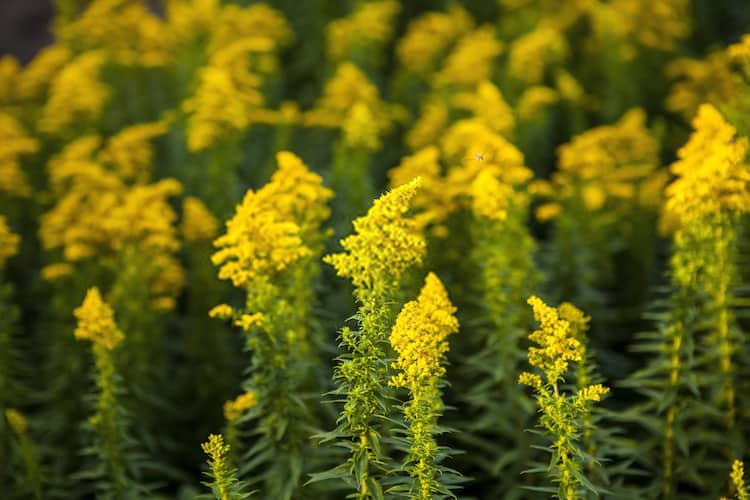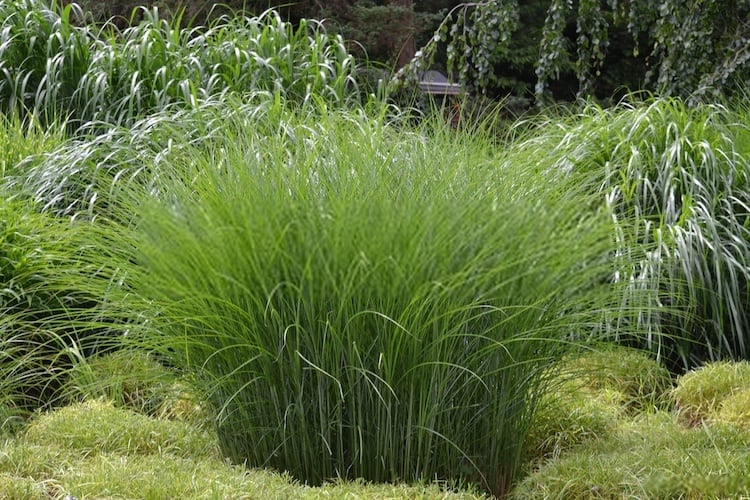Wondering how to stop plants from growing tall? Just give me 3 minutes, and I will show you exactly how to achieve that.
Most plants, especially those of them grown for ornamental purposes or indoors, are usually not allowed to grow as tall as they wish to freely. Such plant owners would rather have them remain either short or at a certain height and bushy.
Thankfully, there are some tested and trusted techniques adopted to control the growth of plants and prevent them from growing taller than necessary. Some of such methods include low-stress technique, fimming, and topping.
Let's get started!
Table of Contents
Why Stop A Plant From Growing Tall?

If you stumbled on this article perchance and you are wondering why you should interfere with the height of your plant and not allow them to grow as naturally as they can, then you should read up the following reasons.
To maintain aesthetics
Most home plants are grown for aesthetic purposes, and for them to serve this purpose, they are required not to grow tall.
However, tall plants like palm trees are allowed to grow tall but not so tall, especially if they are kept indoors when they are not bearing fruits.
To maintain privacy
Some plants, if allowed to grow tall as they want, would freely grow and encroach into other people's homes and yards.
To avoid this, you should control their height. This saves you hours of precious time that you could use to apologize to your neighbors.
To grow bigger fruits and flowers
Another reason you should stop your plants from growing tall is to ensure that the nutrients are channeled into producing better and bigger fruits and flowers, rather than in maintaining a great height.
Some gardeners adopt this height control method solely to have a robust harvest or have well developed brilliant floral plants at the plant's peak period.
Read Also: How to Remove Overgrown Bushes
How To Stop Plants From Growing Tall
Sometimes, stopping plants from growing tall could require a technique as simple as reducing the amount of water or fertilizer you make available to the plant.
However, I do not personally recommend this 'simple' method because when you begin to reduce the amount of water and fertilizer you supply to a plant, you are predisposing the plant to diseases and stunted growth.
To avoid this ugly occurrence, let us take a look at other better means of stopping plants from growing tall that would not hurt them health-wise.
Perform Low-Stress Training on The Plants
Low-stress training involves applying minimal pressure that would not be enough to break a plant's stem or stalk on a plant, and bending it over. Low-stress training is done on a plant once the plant gets to a height of 6 inches.
As the plant grows, continue to bend it over and direct it toward the base of the pot. While doing this, you need to gently tie down the plant without digging into the plant.
You can lay down about 2 inches of your plant's stem if you have a big pot or container. This procedure ensures that more bud sites grow on the plant compared to if you hadn't trained the plant using low stress.
Perform Topping on The Plants
Topping is similar to fimming but is carried out when the plant in question is about 12 to 18 inches in height and has about three nodes, that is, its branch levels.
Topping is used to stopping plants from growing tall and is carried out by locating the top center of the plant's growth shoot. Cut the center of the growth shoot, leaving a few centimeters or a quarter-inch of stalk above the highest branch line.
Doing this ensures that a new growth location has been established and that new point becomes where it will branch off into a couple of stalks instead of the previous ones that were there.
The essence of this method is to cut off all growth shoots and leave a bit of the stalk. This will limit the increase in the height of the plant.
Read Also: How to Remove Root Bound Plants from Pots
Keep Lights Closer to The Plants
Keeping light closer to the plants is another means of stopping plants from growing taller. The idea here is that plants would grow taller in search of the source of light if they are being denied adequate light, but if the light is brought closer to them, they grow in the direction of the light.
To achieve this control over the plant's height, you may use LED grow lights. LED grow lights can be kept very close plants, and the plants will not suffer any burn as the light does not throw off much heat.
Place the LED grow light at approximately 12 inches above the target plant for a start and observe how the plant leaves would react to it. If the leaves start to droop and curl, this indicates that you should raise the light a few inches higher.
But if the leaves maintained a healthy look and are growing at a fast pace, then you can try lowering the light to get closer to the plant, maybe as close as 6 inches from the top of the plant.
The leaves are usually the indicator of whether the plant likes the LED grow light or not.
If you want to use another lighting like HPS, or other types, set the light at 24 inches from the top of the plant. This is because a majority of the other types of lighting usually generate heat and are more likely to cause light burn to the leaves.
Never forget to keep an eye on the leaves as they indicate whether the lighting is suitable to the plant or not.
Perform Fimming on The Plants
As earlier stated, topping and fimming share similar procedures, and to carry out fimming, you need to take the route of topping. However, the difference here is that instead of cutting off the new growth shoot, you go halfway down the shoot and cut from there.
Its advantage over the topping method is that it causes less stress to the plants, and the plants that undergo the procedure will recover quicker than if topping were carried out on it. Fimming simply forces more growth at the lower nodes of the plant.
Conclusion
Homegrown plants are usually enjoyed when they are of a certain height or short. We hope that if you have been looking for practical means of learning how to stop plants from growing tall, this article has provided a blueprint for you.
We recommend that you should, while carrying out the tips shared here, carry out your experiments and see what works for you and your plants.






Leave a Reply